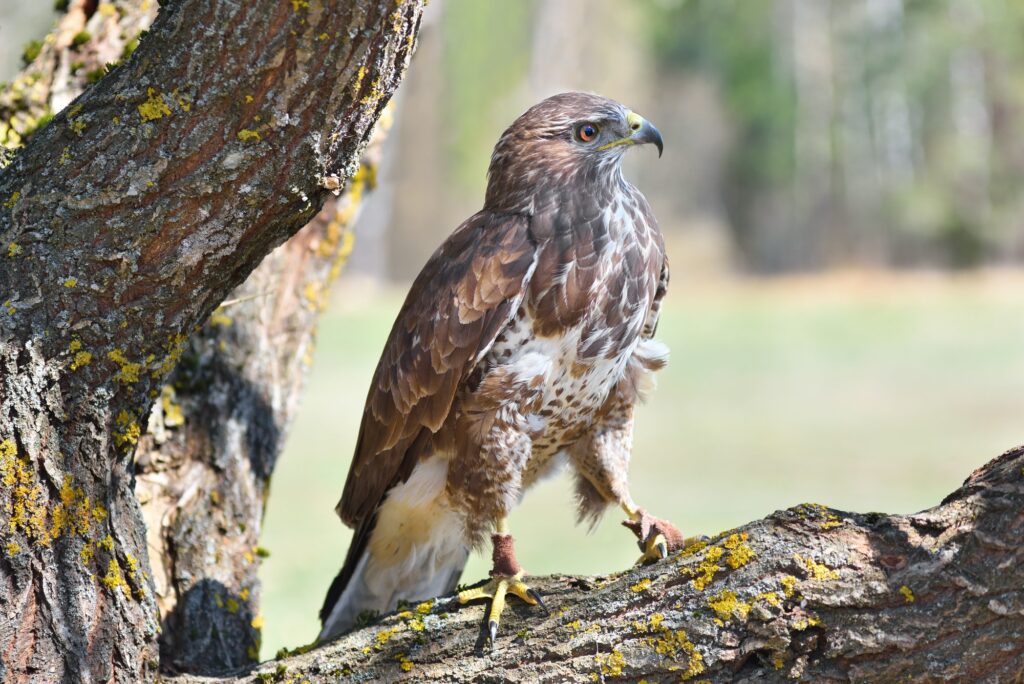Seeing a hawk sitting on its perch or roaming the skies above is always an exciting and fun experience. And should you find yourself in South Carolina, nestled in the southeastern corner of North America, you’re sure to have good luck spotting these birds of prey.
In this state, several types of hawks like to flock to both urban and suburban areas because there’s no shortage of food for them there. To be specific, there are six species of these raptors you’ll likely find in the Palmetto State. They’re a bit difficult to tell apart, though, which is why we put together this guide to help shed a bit of light on each South Carolina hawk species’ unique characteristics.
Broad-Winged Hawk
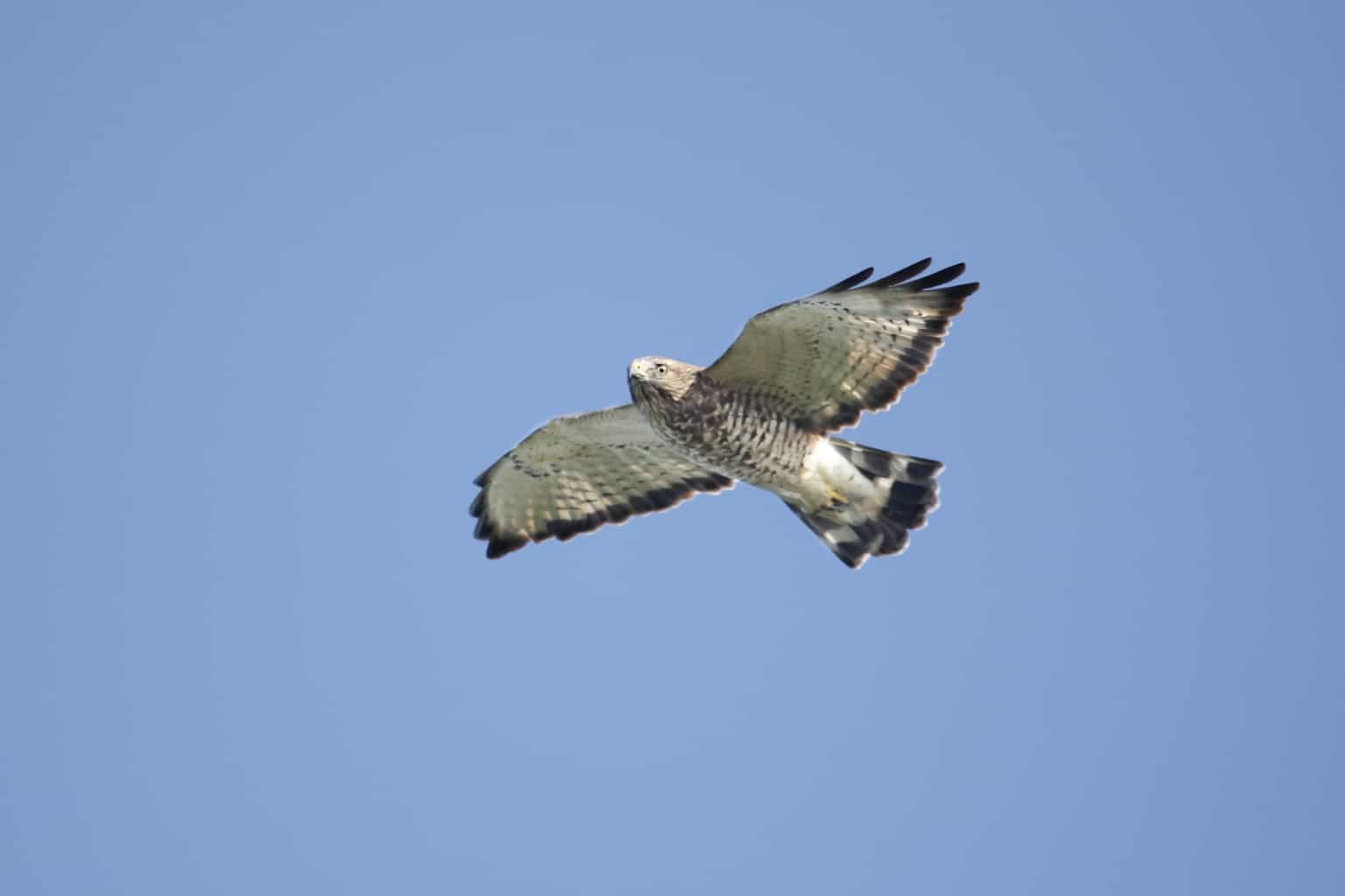
- Scientific Name: Buteo platypterus
- Length: 13-17 inches
- Weight: 15.8 ounces
- Wingspan: 31-40 inches
Did you know that the most commonly recorded breeding range for the broad-winged hawk is found in South Carolina? Despite this, this species can be found across the United States, and they’re mostly found all year long in Florida and Louisiana.
In South Carolina, however, broad-winged hawks are commonly seen during the summer and spring. If you’re looking for these hawks, listen for their thin piercing whistle noise that sounds like “teh-weee,” and you’ll find them circling above a forest canopy, looking for a victim to snatch in their incredibly sharp talons. They swoop down quickly and stealthily to catch their prey, which includes birds, amphibians, reptiles, insects, and small mammals.
One of your best bets at seeing this bird is during migration when they’ve swirled into flocks of hundreds or even thousands called kettles as they move to their next location.
Cooper’s Hawk
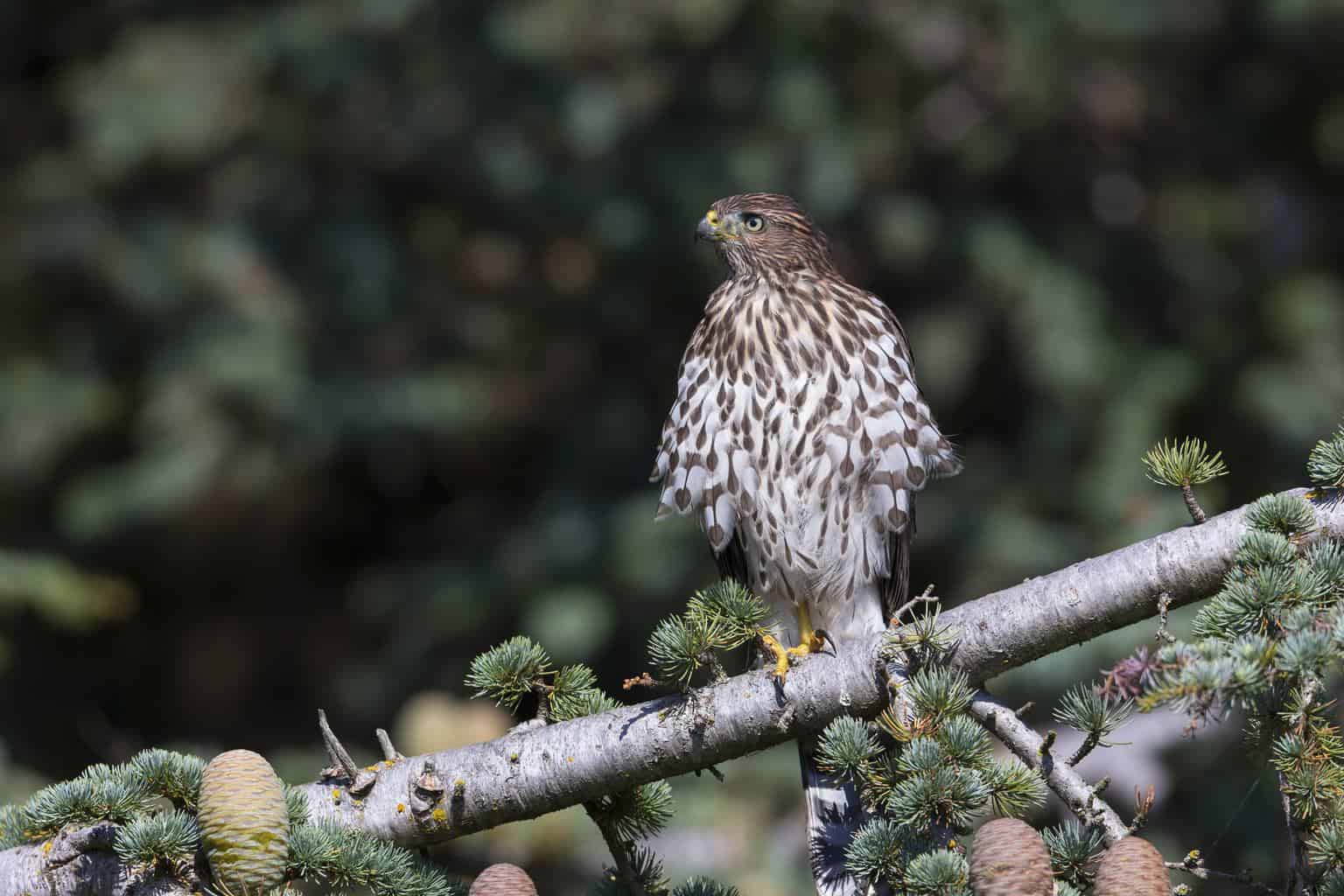
- Scientific Name: Accipiter cooperii
- Length: 13.7-19.7 inches
- Weight: 18.7 ounces
- Wingspan: 29.5-37 inches
Cooper’s hawks are well-known for their crow-like features. Adults have gray-blue feathers above their backs, warm red bars on their underparts, and thick, black bands on their tails. Juveniles, on the other hand, are a brownish color and have streaks on their upper bodies that give them a more hooded appearance. Much to the novice birdwatcher’s dismay, Cooper’s hawks and sharp-shinned hawks look very similar, and that makes it tricky to identify both together.
Cooper’s hawk is from the accipiter family, which tends to migrate to South Carolina during the breeding season, and is among the world’s most skilled fliers. You’ll regularly find these types of hawks in forests, tearing through cluttered trees at rapid speeds in search of different kinds of animals to eat.
If you would like to attract hawks to your home, you can set out backyard feeders, and this bird — and many other species — will no doubt come through looking for an easy meal.
Sharp-Shinned Hawk
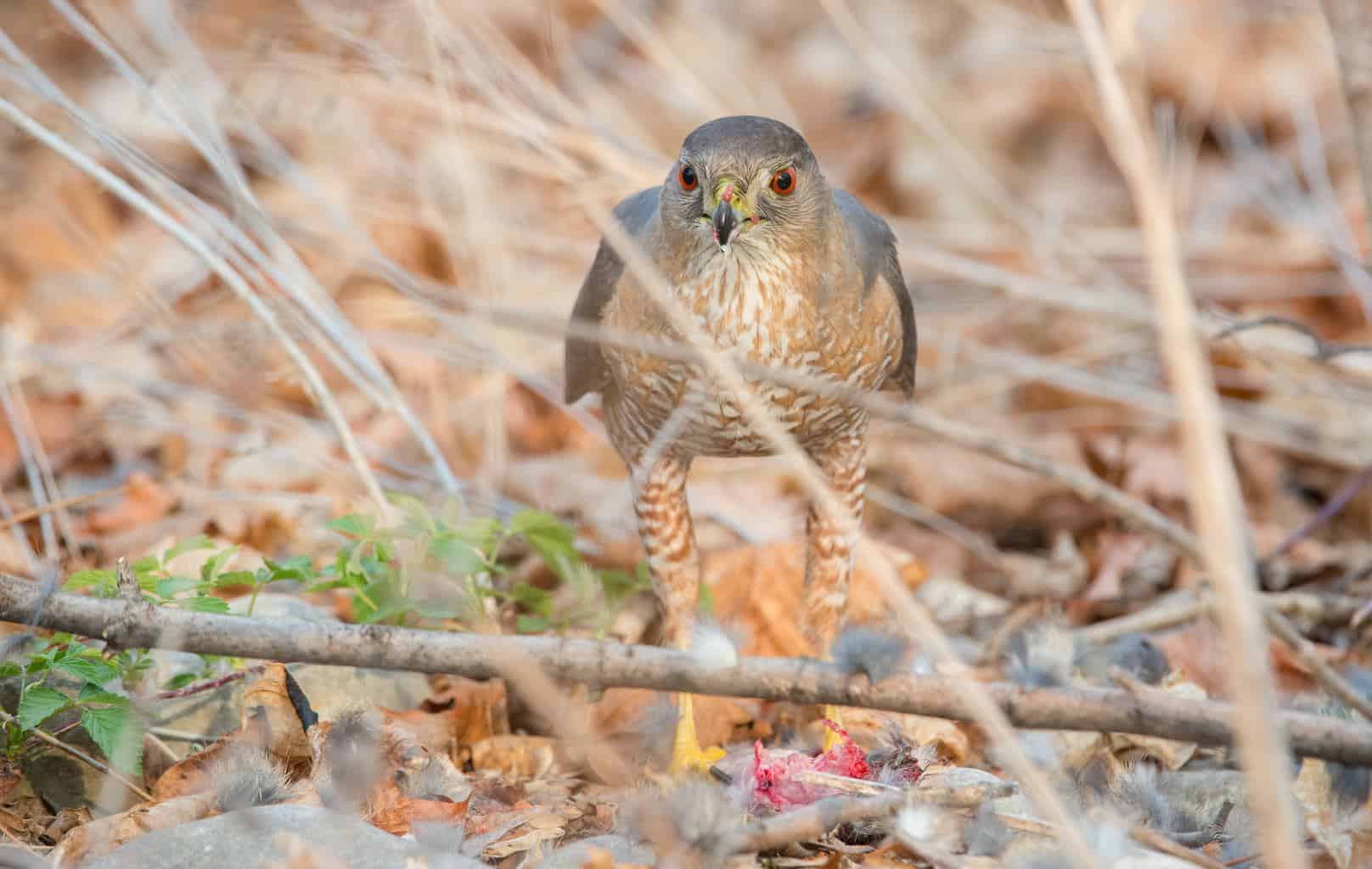
- Scientific Name: Accipiter striatus
- Length: 9-14.6 inches
- Weight: 2.9-7.75 ounces
- Wingspan: 16.5-26.7 inches
A Sharp-Shinned hawk flaunts very prominent features, including long tails, long legs, and short wings that they use for exploring through the woods at top speed in the quest looking for small birds and mice. In South Carolina, they’re easiest to find during the fall, and sometimes, in the winter.
Just like many hawks and owls, sharp-shinned hawks are characterized by sexual dimorphism, which means females of this raptor species are bigger and heavier than males.
Sharp-shinned hawks are small creatures, but don’t let their size fool you into thinking they’re meek and gentle. These hawks use their long claws and toes to hold and impale moving prey, and they’re also known to stick their toes into wire-mesh just to grab their prey.
Red-Tailed Hawk
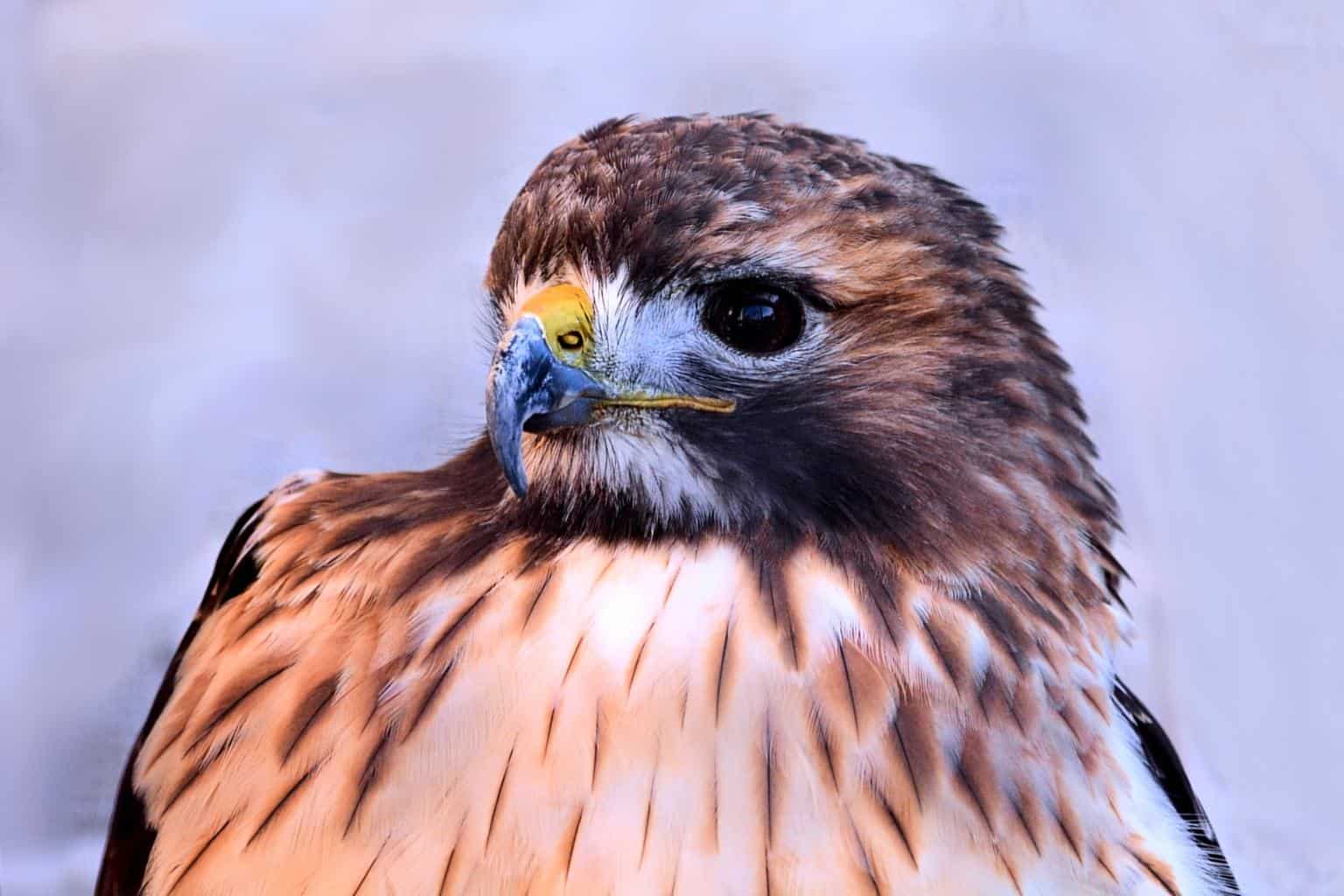
- Scientific Name: Buteo jamaicensis
- Length: 17.7-25.6 inches
- Weight: 38.8 ounces
- Wingspan: 40-60 inches
Red-tailed hawks are winter regulars in South Carolina, typically found perching near telephone poles and flying up high in the sky. Sometimes, they’re also found on fence posts, where they can fully see and scan open zones for prey. Highways and golf courses are also favorite places for the red-tailed bird.
The red-tailed hawk usually builds its nest in South Carolina during late February and March. However, they don’t start reproducing until their third year in their designated nesting area. Nests are built on huge pines or rock edges, 30 to 40 feet above the ground in shrubs and grassland territories, and tend to consist of twigs and sticks with fresh green vegetation covering the inside.
Like other species of hawks of the buteo family, the red-tailed hawk is ordinarily seen taking off in high points looking for prey. Their diet consists primarily of rabbits, rodents, and rats, but they also eat squirrels, birds, and a few insects.
Red-Shouldered Hawk
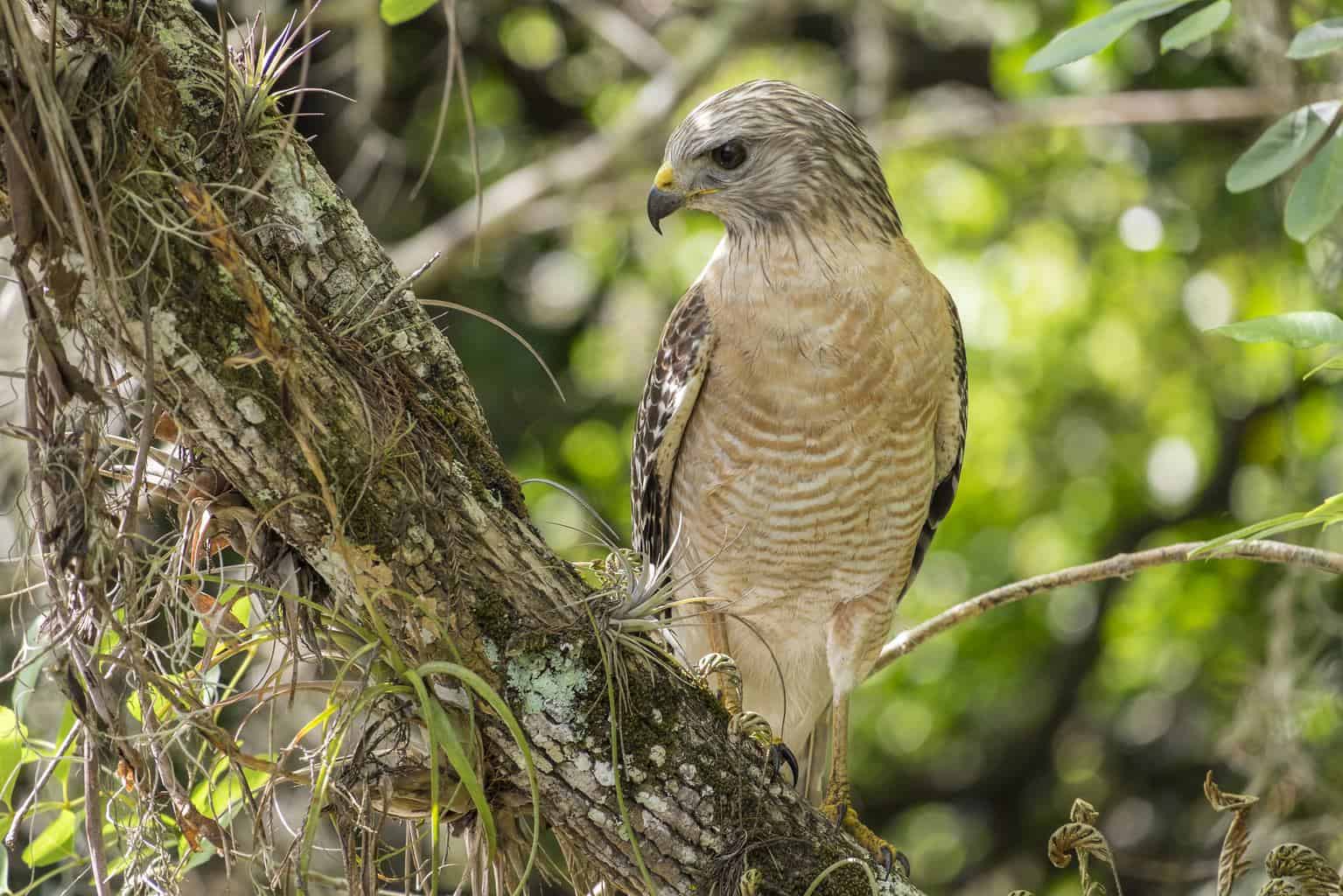
- Scientific Name: Buteo lineatus
- Length: 16.9-24 inches
- Weight: 21.5 ounces
- Wingspan: 36.20-42 inches
Red-shouldered hawks are smaller than the red-tailed hawks mentioned above, yet they have a notable wingspan. But it’s not during flight that you’ll recognize this species; it’s when the red-shouldered bird is perched, as that’s when the red feathers on their shoulders are more prominent.
You’ll find this species in South Carolina year-round in wooded stream banks, mixed forest areas, and flooded swamps. You’ll also see them in suburban territories close to trees and water or perched on mailboxes, posts, fences, and on top of vehicles as they look for prey.
One of the most uncommon food choices among these hawks is sea creatures, specifically crayfish. This is the only species of hawk in South Carolina that eats freshwater crustaceans.
Northern Harrier
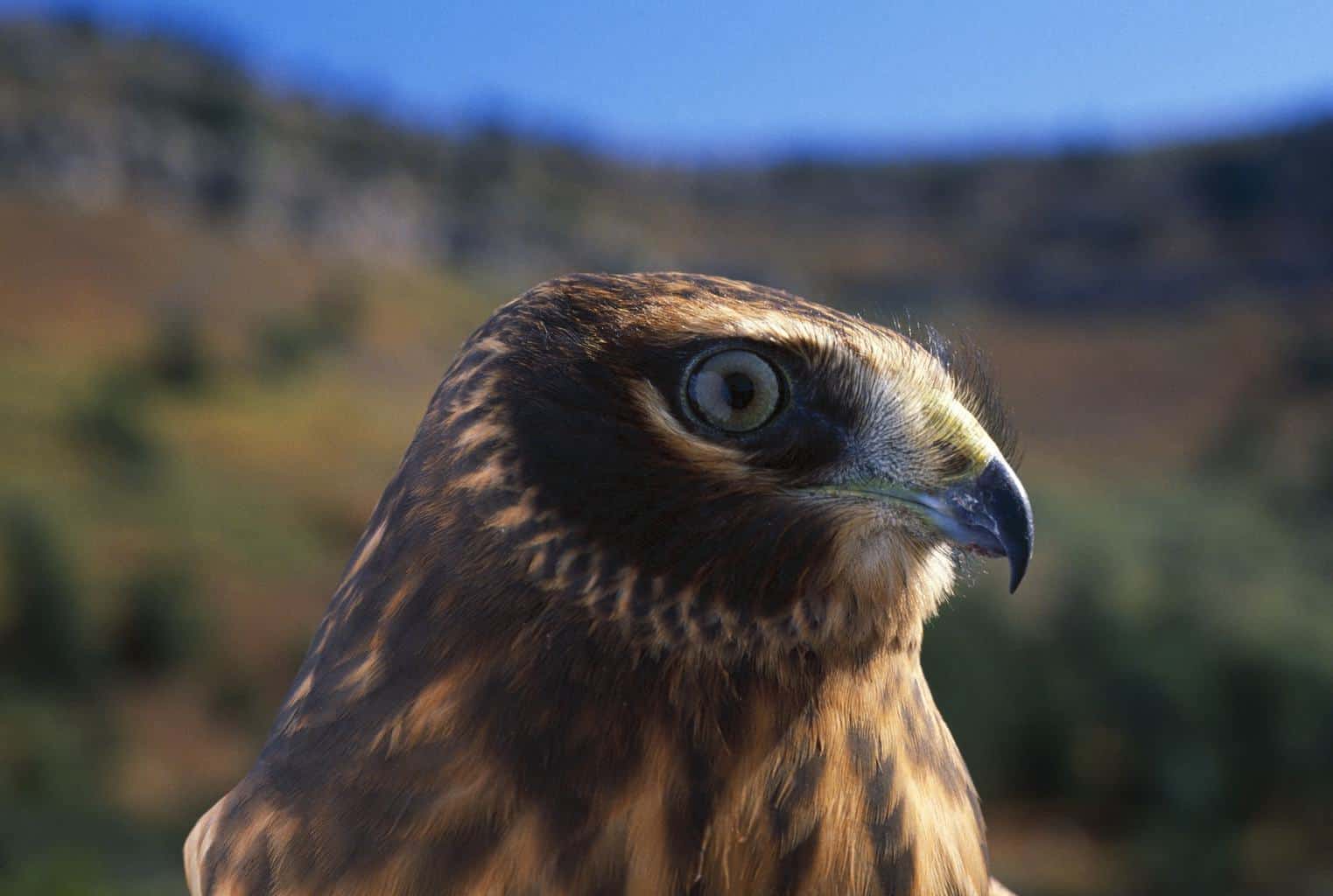
- Scientific Name: Circus cyaneus
- Length: 16-20 inches
- Weight: 10- 26 ounces
- Wingspan: 38-48 inches
The northern harrier also called the marsh hawk, gets its name from its hunting technique, which involves flying low over the ground in very interesting patterns as it preys on rodents, frogs, reptiles, and snakes.
Northern harriers are among the bigger native species in South Carolina. They have long wings and tails and a big white rump that distinguishes them from other hawk species, making them easier to identify and observe. These hawks are South Carolina raptors only in the winter. Breeding season for these hawks, however, mostly takes place in Canada and Northern States.
Conclusion
South Carolina has one of the most beautiful beaches, islands, parks, and rivers, and thanks to this impressive variety of wetlands and different habitats, the state attracts not only hawks, but also waterfowls, raptors, songbirds, and many other bird species.
So the next time you go for a walk or bask in the sun on the beach, take a look at the sky; you might see a hawk soaring above you. And thanks to our guide, you just might even recognize what kind of hawk it is!

